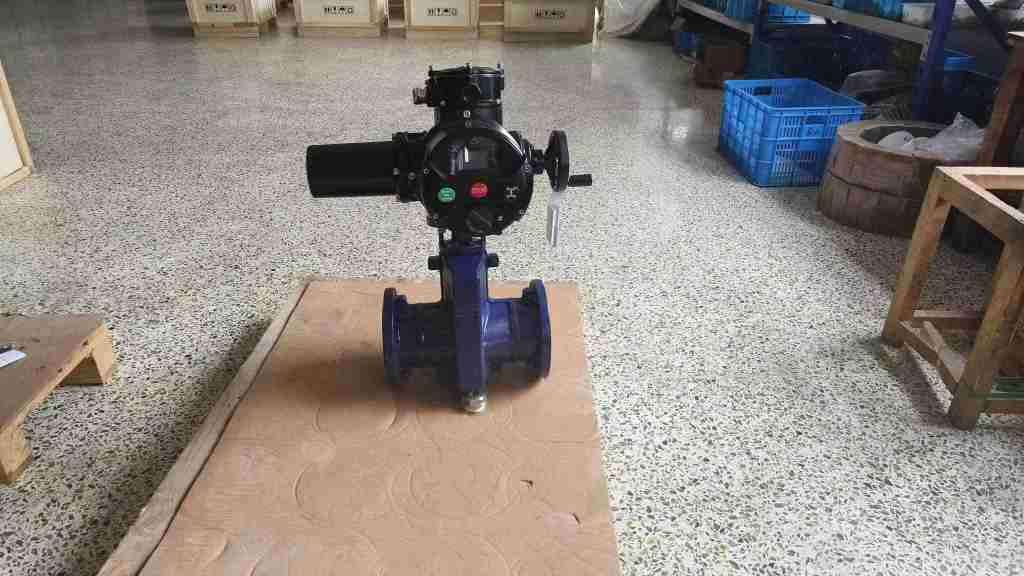Electric pinch valves are widely recognized for their ability to control the flow of various media in piping systems. With their precise control, durability, and relatively simple design, these valves are becoming increasingly popular in industries such as pharmaceuticals, food processing, water treatment, and chemicals. In this article, we will explore what an electric pinch valve is, how it works, its advantages, and its applications.

What is an Electric Pinch Valve? An electric pinch valve is a type of valve that uses an elastomeric tube to control the flow of fluid or gases. Unlike traditional valves, which employ mechanical gates, balls, or discs to regulate flow, the electric pinch valve operates by pinching or squeezing the flexible tube. This squeezing action completely isolates the medium from the valve’s actuators, preventing contamination and making the valve ideal for handling slurry, powders, and other non-cleanable materials. The “electric” component of the valve refers to the electric actuator that drives the pinch mechanism. When the actuator receives a signal, it applies force to pinch the valve’s flexible tube, thereby controlling the flow. When the valve is open, the tube remains relaxed, and fluids or gases can flow freely through the pipe.